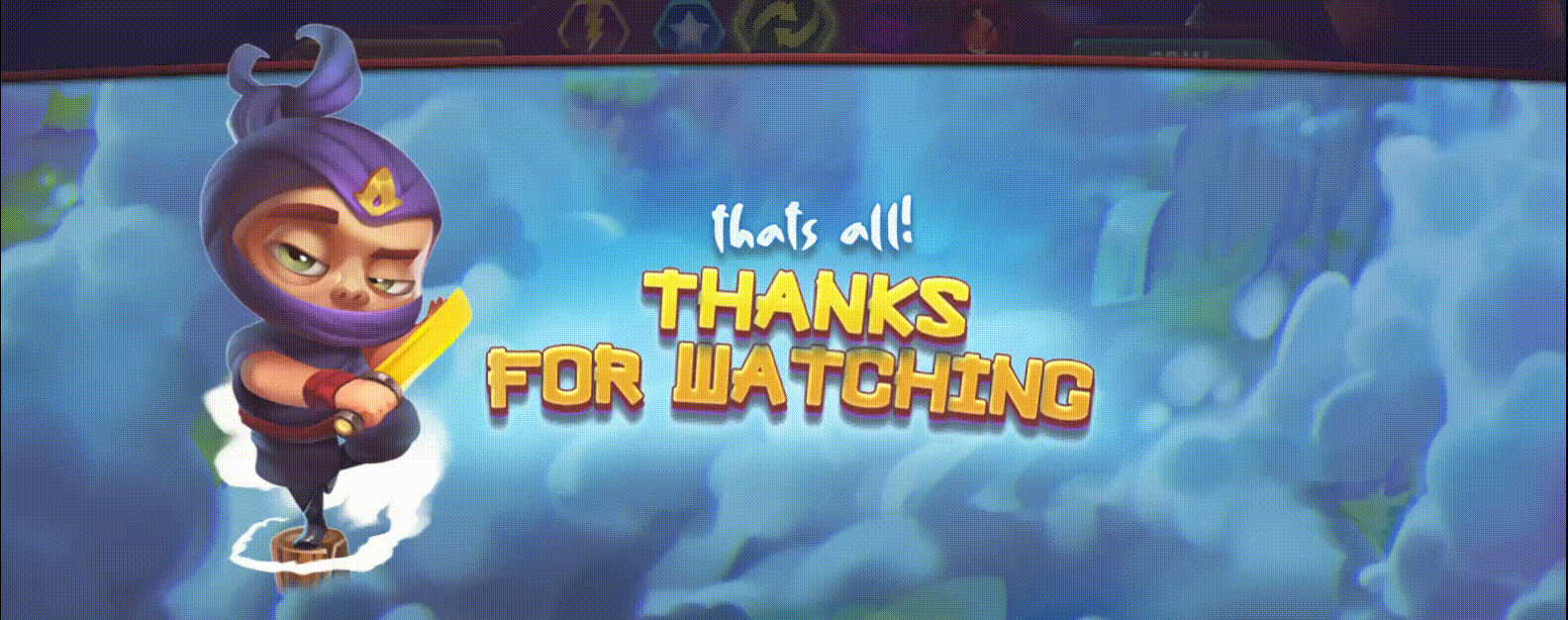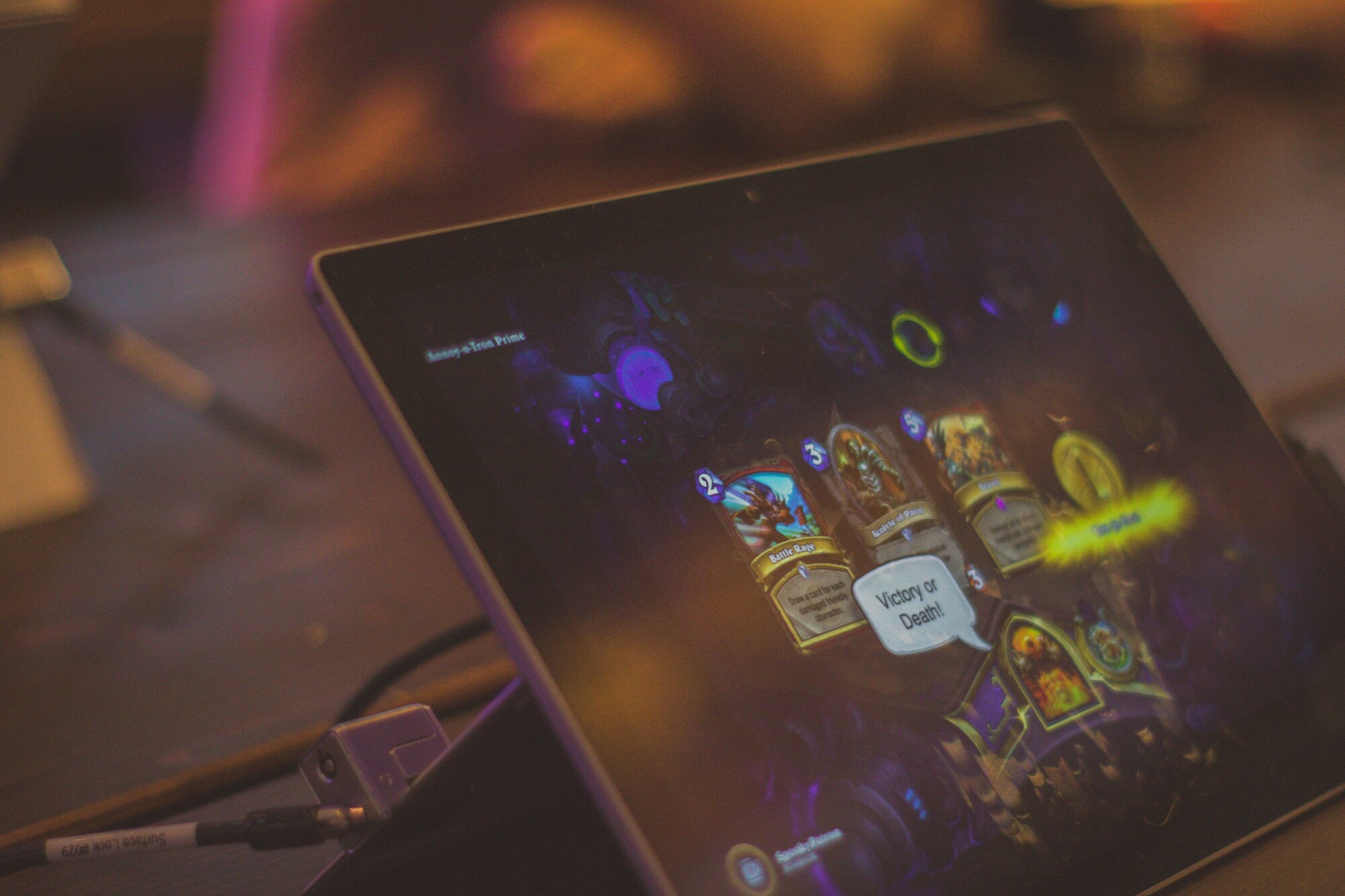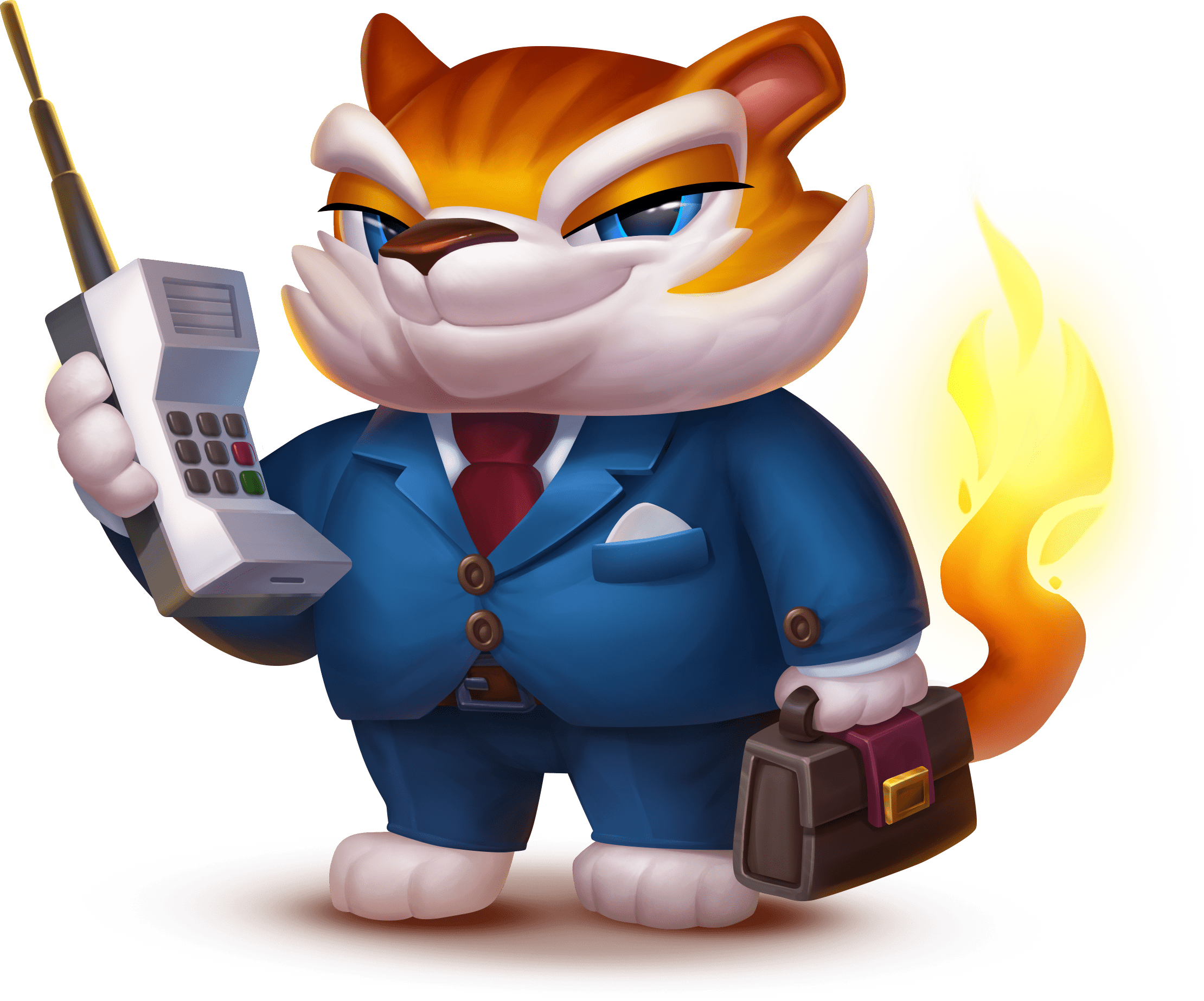Developers recognize the pivotal role game art plays in achieving unparalleled engagement. While there are numerous strategies to enhance player interaction, impeccable game art stands out as the secret sauce, transforming games into captivating narratives.
Game Art & In-Game Engagement
Game art possesses the remarkable ability to transport players into realistic, emotion-filled environments. Every detail meticulously crafted by game artists contributes to the creation of extraordinary settings, whether it be a majestic castle, a bustling New York street, or a serene green meadow. This attention to detail elevates the gaming experience from a mere level completion to a genuine adventure where players are the central protagonists.
Unique, Memorable Characters
The connection gamers establish with their games often revolves around the characters. Certain characters become cultural phenomena due to their lasting appeal and distinctive visual features. Notable examples include CJ in GTA: San Andreas, Ezio in Assassin’s Creed, and the iconic Mario. Visual elements such as costume, facial expression, and posture leave a profound impact on gamers, fostering a deep connection with the characters.
Connecting on a Deep Level
Quality game art induces strong, enduring emotions, encouraging players to immerse themselves in the gaming experience. Whether through observing character expressions or interacting with life-like settings, players begin to envision themselves within the storyline. This emotional and financial investment enhances engagement, creating a symbiotic relationship between the player and the game.
Setting the Mood
The emotional investment of players hinges on the game artist’s ability to leverage art in establishing a suitable mood for each stage of the adventure. Colors, lighting effects, and visual cues contribute to evoking specific emotions, whether it’s terror in an abandoned psych ward or thrill in a vividly crafted WWII battlefield scene. The art’s power to captivate players ensures they remain focused on the game’s narrative.
Personalization
Unlocking new elements in games, such as abilities and visual features, allows players to personalize their avatars. This customization fosters a sense of connection, enabling players to grow alongside their characters. Detailed personalization deepens the gaming experience, leading to heightened satisfaction and engagement.
Decision-Making During Gameplay
Contrary to common perception, game art extends beyond aesthetics, aiding players in obtaining information and navigating the virtual space. Visual cues, color-coding enemies, and clear signs assist players in making informed decisions swiftly. This seamless integration of art and gameplay encourages players to progress through the narrative, enhancing overall satisfaction.
Game Art & Brand Engagement
While the impact of game art is evident in gameplay, its influence extends to brand identity, marketing, and revenue generation.
Positive, Organic Marketing
Distinctive game art generates anticipation and excitement among gamers, leading to positive word-of-mouth marketing. Gamers who identify with a game willingly provide glowing reviews and recommendations, contributing to the game’s viral success.
More Money
Beyond game sales, engaging game art opens additional revenue streams through in-game purchases, sequels, merchandise, and licensing deals. A captivating visual identity cultivated through game art translates into increased sales and financial success.
Brand Loyalty
Game art establishes a visual identity for the brand, fostering player identification and loyalty. Players emotionally connected to a game are inclined to seek out and support other games developed by the same brand, cultivating a dedicated fan base.
Game Art & Animation
Animation, an integral part of game art, breathes life into inanimate objects and enhances storytelling.
How to Make Your Game Art Exceptional
To optimize game art for maximum benefits, follow these steps:
Get to Know the Gamers
Before diving into game art creation, understand the target audience through polls, surveys, and market analysis. Recognize their preferences, age, and cultural inclinations to create art that resonates with them.
Choose a Fitting Art Style
Select an art style that aligns with the game’s theme, atmosphere, and mood. Ensure the style complements the narrative and appeals to the target demographic.
Make Sure it Fits the Sound Effects
Consider the synergy between game art and sound effects. Elements should seamlessly blend to evoke various emotions within players, enhancing the overall gaming experience.
Check the Competition
Study other games within the same genre to understand effective use of game art. Learn from successes and failures, incorporating valuable insights into your own art strategy.
Test & Adjust
Iterate through testing, incorporating feedback from focus groups, user testing, and data analysis. Adjustments based on this feedback result in refined game art that maximizes audience engagement.
Team Up with Experts
Consider outsourcing game art development to optimize efficiency, especially when time and resources are limited. Collaborating with experienced teams accelerates the art creation process.
Conclusion
In conclusion, video game art serves as an invaluable tool in immersing players in gameplay and creating engaging experiences. Game artists craft immersive worlds that resonate with players, allowing them to live their own stories. While optimizing game art requires effort, the results in enhanced player engagement and brand success are well worth the investment. For efficient and expert game art development, consider partnering with reputable studios like Sinspired Studio. Contact us for a quote and elevate your game art to new heights!



